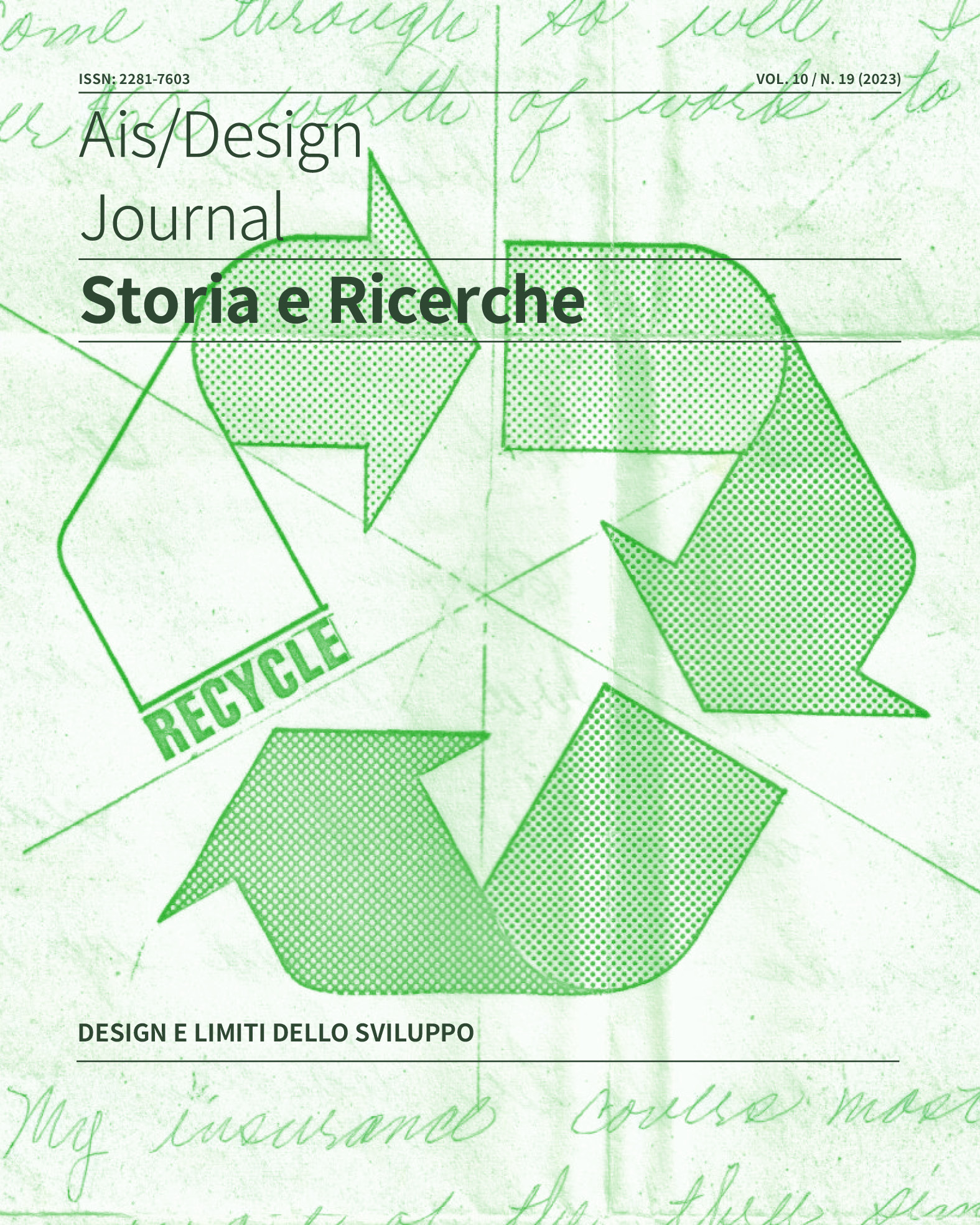“Il verde è tuo”. Una rilettura della relazione tra la grafica di pubblica utilità e pubblicità sociale, attraverso i progetti di comunicazione visiva ambientalista negli anni Settanta in Italia
Abstract
In the early 1970s, within the Confederazione Generale Italiana della Pubblicità, the Comitato Pubblicità Progresso was founded, proposing to bring issues of social concern to the general public through nationwide advertising planning. With the slogan “Il verde è tuo: Difendilo!” in 1972, Pubblicità Progresso’s sec- ond social campaign chose to raise awareness of the environmental degradation produced by years of undisciplined “economic boom.” The campaign, curated on different media by the ATA-Univas agency, is part of that internal ferment in the advertising world that takes the name “social advertising.”
The year following the launch of the environmentalist advertising battge op- eration by Pubblicità Progresso, in the periodical Linea grafica, Albe Steiner defined the concept of communication for public agencies, placing it as an al- ternative to advertising communication and defining the theoretical and design boundaries of the long season of “grafica di pubblica utilità”.
Despite the common intent of raising public awareness of public interest is- sues and the use in both cases of visual communication as a preferred channel, the experience of social advertising and that of public benefit graphic design have been experienced as distant from each other, underscoring the rift that came about in the same years between graphic designers and advertising agen- cies. This rift has also often been reflected in histories of advertising as well as graphic design, in which the two phenomena do not coexist and are often mu- tually omitted.
While the history of graphic design in particular has privileged a narrative aimed at upholding a kind of ethical primacy of “pubblica utilità” graphic over the world of advertising considered as an outpost of capitalist and consumerist society, this essay attempts to reconsider the two experiences by investigating their similarities, differences and the social impact of the two strands starting with an analysis of the environmental campaigns carried out.
Copyright (c) 2024 Michele Galluzzo

This work is licensed under a Creative Commons Attribution-NonCommercial-NoDerivatives 4.0 International License.
Creative Commons NonCommercial-NoDerivates 4.0 international License (CC BY-NC-ND 4.0).


